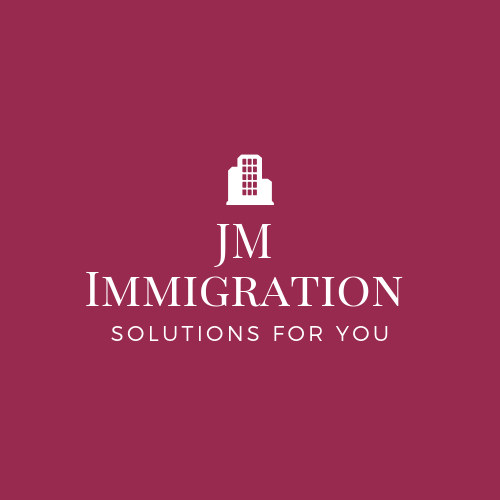Understanding Family Immigration Processes in the US and Canada
Family immigration is a cornerstone of both US and Canadian immigration systems, allowing citizens and permanent residents to sponsor relatives for residency. While the goals are similar, the processes differ significantly. Here’s a concise guide to navigating family immigration applications in both countries.
United States: Family-Based Immigration
· Understand Eligible Relationships
US citizens can sponsor spouses, children, parents, and siblings. Permanent residents (green card holders) are limited to sponsoring spouses and unmarried children. Each category has specific visa types, like IR-1 for spouses or F-4 for siblings.
· File the Petition
Start with Form I-130 (Petition for Alien Relative) submitted to the US Citizenship and Immigration Services (USCIS). Include proof of relationship (e.g., marriage certificates, birth records) and pay the filing fee (currently $675, subject to change).
· Navigate Visa Quotas
Immediate relatives (spouses, parents, unmarried children under 21) face no annual caps, leading to faster processing (1–2 years). Other relatives, like siblings, fall under preference categories with limited quotas, resulting in wait times of 5–20 years, depending on the country.
· Adjustment of Status or Consular Processing
If the beneficiary is in the US, they may apply for a green card via Form I-485 (Adjustment of Status). If abroad, they’ll go through consular processing at a US embassy, requiring additional forms like DS-260.
· Prepare for Delays
Backlogs, especially for non-immediate relatives, are common. Regularly check visa bulletin updates on the US Department of State website for priority date progress.
Canada: Family Class Sponsorship
· Identify Eligible Relationships
Canadian citizens and permanent residents can sponsor spouses, common-law partners, dependent children, parents, and grandparents. Other relatives may qualify under limited circumstances (e.g., orphaned siblings).
· Submit the Sponsorship Application
File a sponsorship application with Immigration, Refugees and Citizenship Canada (IRCC), including forms like IMM 1344 (Sponsorship Agreement) and proof of relationship. Sponsors must meet income requirements for parents/grandparents but not for spouses or children.
· Processing Times
Spousal sponsorships typically take 12–18 months, while parent/grandparent sponsorships (via the Parent and Grandparent Program, PGP) can take longer due to limited annual quotas. In 2025, IRCC aims to admit 32,000 parents/grandparents.
· In-Canada vs. Outland Applications
Spouses in Canada can apply through the inland stream, allowing them to stay during processing with an open work permit. Outland applications, for those abroad, are processed through Canadian visa offices overseas.
· Leverage Express Entry for Skilled Relatives
If a relative qualifies for Express Entry (Canada’s skilled worker program), family ties in Canada can boost their Comprehensive Ranking System (CRS) score, potentially fast-tracking permanent residency.
Key Tips for Both Systems
· Be Meticulous with Documentation: Errors or missing documents can lead to delays or refusals. Provide certified translations for non-English/French documents.
· Hire Professional Help: Immigration professionals can streamline complex cases, especially for US preference categories or Canadian parent sponsorships.
· Stay Updated: Policies and quotas change frequently. Monitor USCIS.gov for US updates and Canada.ca for IRCC announcements.
· Plan Financially: Both countries require proof of financial support to ensure sponsored relatives won’t rely on public assistance.
Navigating US and Canadian family immigration requires patience, thorough preparation, and an understanding of each country’s priorities. The US system is quota-driven with longer waits for non-immediate relatives, while Canada emphasizes flexibility for spouses and humanitarian goals. Start early, stay organized, and seek expert advice to reunite with loved ones.




